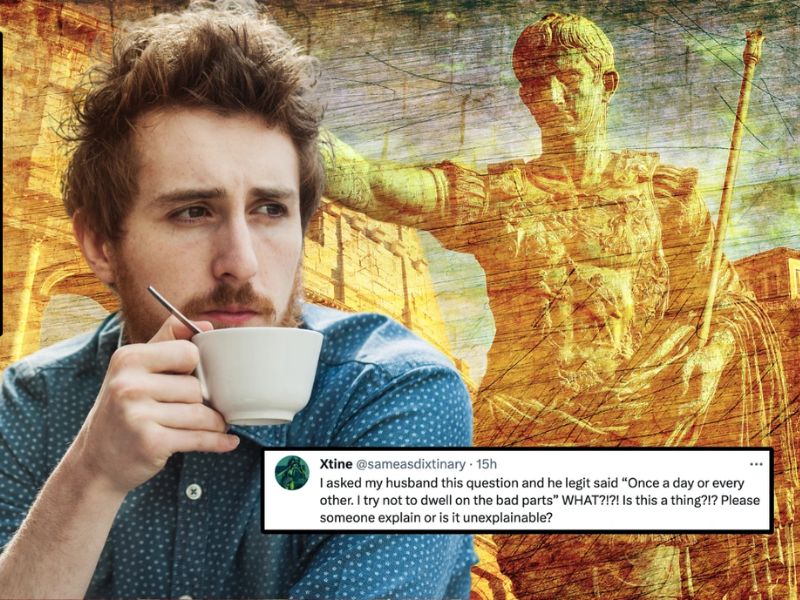In the digital age, social media platforms have become a powerful medium for disseminating information, entertainment, and cultural trends. TikTok, a platform known for its short-form video content, has recently witnessed a surge in content related to the Roman Empire. Interestingly, this trend raises questions about the fundamental differences in how men and women perceive historical content.

talesoftimesforgotten.com
The Roman Renaissance On TikTok
TikTok users, from history enthusiasts to casual viewers, have embraced the resurgence of Roman content. Whether recreating ancient hairstyles, demonstrating gladiatorial combat techniques, or delving into the political intrigues of emperors, the Roman Empire is experiencing a renaissance in the digital sphere. This resurgence highlights a collective fascination with the past and a desire to engage with history in novel and accessible ways.
Exploring Gender Perspectives
An intriguing aspect of this trend is men’s and women’s varied approaches towards Roman history. Men often gravitate towards military elements, focusing on tactics, weaponry, and battles. They may create content dissecting Roman military strategies or showcase their swordsmanship skills. On the other hand, women tend to be drawn toward Roman life’s cultural and social aspects, including fashion, architecture, and daily routines. This divide sparks a fascinating discussion on whether these preferences stem from inherent gender differences or are shaped by societal influences.

yourtango.com
Nature Vs. Nurture: Understanding The Divide
The differences in content preferences between men and women on TikTok could be attributed to a combination of nature and nurture. Evolutionary psychology suggests that men’s historical roles as hunters and protectors may influence their interest in martial aspects. In contrast, women’s roles as caregivers and gatherers could explain their inclination towards domestic and cultural elements.
However, societal norms and expectations also play a significant role. From a young age, individuals are subtly guided towards particular interests based on gender. These influences can perpetuate and reinforce traditional gender roles, affecting the content they create and consume.
